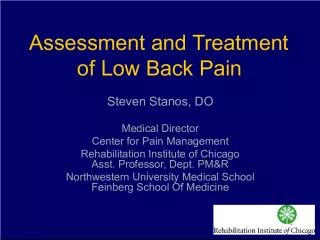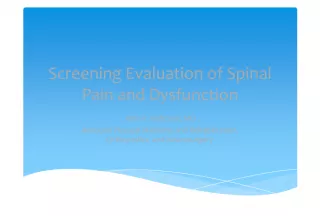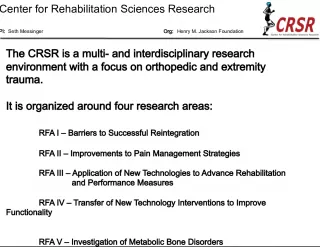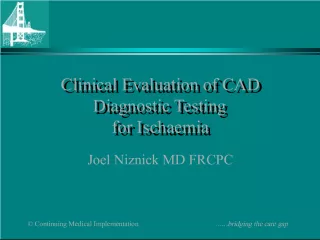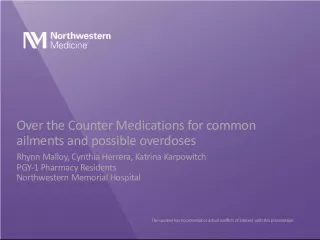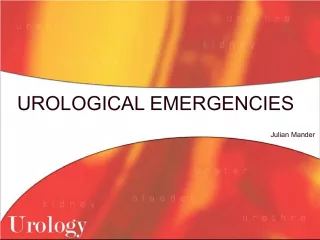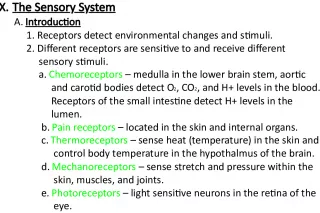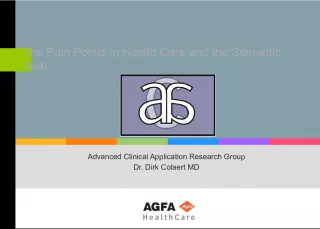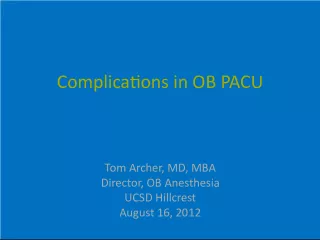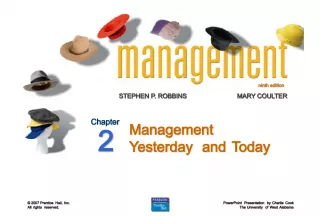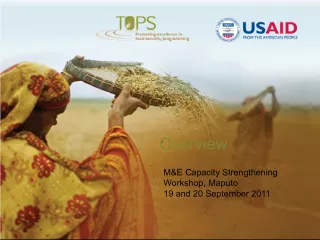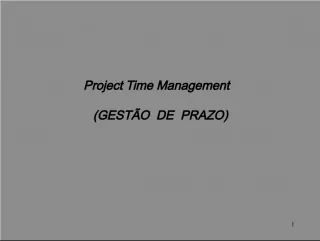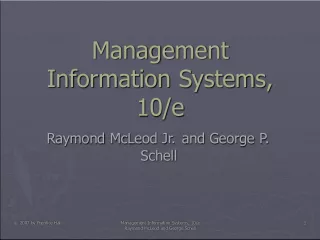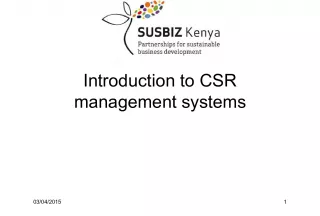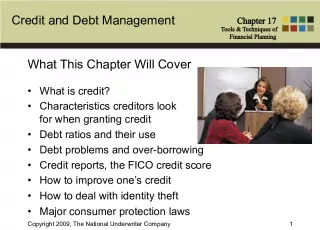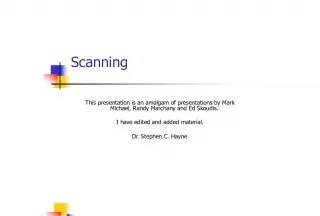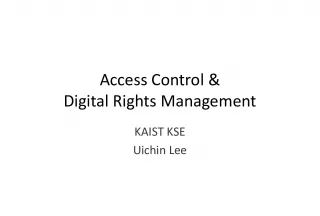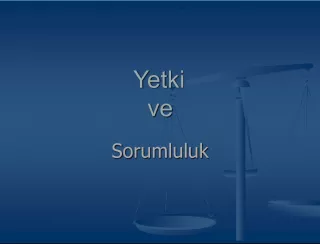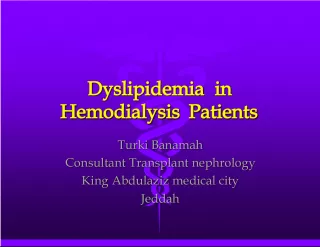Understanding Pain and Pain Management


Pain management is a critical area of healthcare that deals with the assessment and treatment of pain. Pain is a complex sensory and emotional experience that is often associated with tissue damage or potential tissue damage.
- Uploaded on | 0 Views
-
 julius
julius
About Understanding Pain and Pain Management
PowerPoint presentation about 'Understanding Pain and Pain Management'. This presentation describes the topic on Pain management is a critical area of healthcare that deals with the assessment and treatment of pain. Pain is a complex sensory and emotional experience that is often associated with tissue damage or potential tissue damage.. The key topics included in this slideshow are . Download this presentation absolutely free.
Presentation Transcript
Slide1Pain ManagementC. Calzolari 2014
Slide2What is Pain?
Slide3Why Do We Experience Pain? It is protective. How? It is a signal. What?
Slide4Cause of Pain Nociceptive pain(pain receptors) – most common. Respond to stimulation. Visceral – organs , linings of cavities Somatic – Skin, muscles, bones, connective tissue Neuropathic pain – complex and often chronic.
Slide5Classification of PainAcute Can Identify Cause Temporary Activates SNS - BP, HR, RR, more blood to brain, dilates pupils
Slide6Classification of PainChronic Longer Duration – lasts beyond healing phase Interferes with ADLs Remissions & exacerbations Stimulates PNS - or normal Vital Signs Affective Responses
Slide7Classification of PainIntractable Chronic Resistant to pain relief Multi-Disciplinary Approach
Slide8Descriptions of Pain Based on site, cause, duration and quality.
Slide9Site of Pain Cutaneous or superficial pain Visceral pain Deep somatic pain Radiating pain Referred pain Phantom pain Psychogenic pain
Slide10Duration of Pain Acute Chronic Intractable
Slide11Take the Vocabulary Quiz
Slide12Application How would you classify the pain that the following patients are experiencing? ● A patient with metastatic cancer
Slide13A patient with back pain that was the result of an automobile injury a year ago
Slide14A patient with a broken leg
Slide15Quality of Pain Only the patient can describe the quality of their pain. They may use words such as: Sharp Dull Throbbing Stabbing Burning Ripping Tingling Intermittent Constant Mild Intense Severe
Slide16Factors Which Influence Pain Emotions Developmental Stage Communication Impairments Pain Threshold Culture
Slide17Factors Which Influence Pain Emotions: Anxiety Fear Guilt Anger Helplessness Exhaustion Irritability Depression
Slide18Factors Which Influence Pain Developmental Stage: Infants and children Adults Older Adults
Slide19Factors Which Influence Pain Communication Impairment: Those who have had a CVA, speak another language or are cognitively impaired. You will need to observe nonverbal cues for pain. Facial expressions Vocalizations Changes in physical activity Change in vital signs Change in routines Mental status changes
Slide20Factors Which Influence Pain Culture: Involves the patient’s expression of pain, the family’s response to the situation and the nurse’s attitude. William & Hopper: Box 10.2 – page 143- 144
Slide21Factors Which Influence Pain Pain Threshold: The point at which the receptors in the frontal cortex recognizes and defines a stimulus as pain. Varies from person to person. Pain Tolerance: The duration or intensity of pain that a person is willing to endure.
Slide22Pharmacological Pain ReliefMeasures Analgesics Nonopioids – acetaminophen, salicylates, NSAIDS and COX -2 inhibitors Opioids - morphine, codeine, hydromorphone, methadone, meperdine, oxycodone, sublimaze patch
Slide23Analgesics
Slide24Routes of Administration Oral – preferred route Nasal Transdermal Rectal Subcutaneous Intramuscular – least preferred Intravenous PCA – patient controlled analgesia Intraspinal analgesics
Slide25Adverse Affects of Pain Medications Nonopioids – GIB, inhibition of platelet aggregation, renal insufficiency, hypersensitive reactions in persons with asthma, liver necrosis with OD of Tylenol. Opioids – respiratory depression, hypotension, drowsiness, constipation, nausea, vomiting, constricted pupils.
Slide26Analgesic Adjuvants These medications may potentiate the effects of opioids or nonopioids. Examples: steroids, benzodiazepines, tricyclic antidepressants, and anticonvulsants. Able to use less opioid doses when used with these adjuvants.
Slide27Antidote Narcan ( naloxone )- counteracts the effect of opioids.
Slide28Interpreting MD Orders Morphine Sulfate 2 mg. IM q 4 hours prn for surgical pain. Percocet one tab po q 6 hours prn for foot pain Duragesic patch 25mcg/hr transdermal q 72 hours at 0800. Oxycontin 20 mg. po BID OxyIR 5 mg. po q 6 hours prn for breakthrough pain
Slide29Evaluation Always re-assess your patient after administering pain medications. At what time interval?
Slide30Special Considerations The Elderly The Person with Substance Abuse or Addiction Unrelieved Pain
Slide31Nonpharmacological Pain Relief Measures Cutaneous Stimulation TENS – Trancutaneous Electrical Nerve Stimulator Acupuncture Acupressure Massage Hot and Cold TX
Slide32Transelectrical Nerve Stimulation
Slide33TENS
Slide34Acupuncture
Slide35Acupressure Based on the same principles as acupuncture, (but using pressure instead of needles), acupressure works by stimulating specific reflex points located along the lines of energy which run through the body, called meridians.
Slide36Massage
Slide37Hot & Cold Therapies
Slide38Nonpharmacological Pain ReliefMeasures Surgery Immobilization Splints, slings, braces Cognitive-Behavioral Interventions Distraction Relaxation Techniques Guided Imagery Hypnosis Therapeutic Touch Humor
Slide39Guided Imagery start the day meditation - guided imagery – YouTube Guided Imagery - Bubble Release - YouTube
Slide40REIKI
Slide41Biofeedback Biofeedback Session Demo – YouTube http://www.youtube.com/watch?v=a53LA 7aL2Og
Slide42The Nursing Process Lets Start With You, as a student nurse and health care providers.
Slide43The HCW’s Perception of Pain What are some myths associated with pain management that you have witnessed in the healthcare setting?
Slide44Nursing Process: Collect Data The fifth vital sign . Accept the patient’s report of pain. Obtain a pain history. Perform a physical assessment. Observe for nonverbal indicators of pain. Use WHAT”S UP format and pain scales.
Slide45WHAT”S UP? W here is the pain? H ow does the pain feel? A ggravating & alleviating factors. T iming. S everity. U seful other data. P erception.
Slide46Pain Scales Visual Analog Scale Numerical Rating Scale The Wong-Baker FACES pain Rating Scale
Slide47Analgesic Administration Use resources to check on purposes and actions of pharmacological agents Reconcile & maintain MAR +/or Patient’s list of medications. Identify patient’s allergies and intervene as appropriate.
Slide48Identify a contraindication to administration of a prescribed medication. Acetaminophen Caution and Guidance
Slide49Case Study: Mr. Lewis Answer ONLY these questions for Now: 1. 2. 4.
Slide50Planning Use data collected to plan action with patient’s input. Teach patient to use pain scales. Set goals for acceptable pain levels. Example: you will ask your patient who is in pain, “What is an acceptable level of pain for you after we have helped you relieve your pain?” “What has helped in the past to relieve your pain?”
Slide51Drug Calculations
Slide52Nursing Diagnoses Nursing Diagnosis: Pain, acute or chronic, Impaired Comfort Others: Self-Care Deficit, Impaired Mobility, Sleep Deprivation, Ineffective Airway Clearance, Ineffective Coping.
Slide53Interventions Apply therapies for comfort. Use alternative/complementary therapies for pain management. Administer pain medication as prescribed. Identify patient expected response to pain medication. Reinforce client teaching on possible effects of medication.
Slide54Follow rights of medication administration. Maintain medication safety practice. Follow protocol for handling controlled substances. Monitor patient use of medication over time. Maintain pain control devices.
Slide55Evaluation Monitor and document patient’s response to pharmacological and non – pharmacological interventions. Notify primary healthcare provider of actual/potential adverse effects of pain medications.
Slide56 Explain the protocol for withholding pain medication if patient experiences an adverse reaction. Discuss actions used in the event of adverse reactions with the use of opioids.
Slide57What Happens When SomeoneHas Pain? Transduction - Stimuli: mechanical, thermal, chemical Transmission- A-Delta Fibers & C Fibers Pain Perception- Cerebral Cortex & Limbic System Pain Modulation- Endogenous opioids, neurotransmitters http://youtu.be/n2Jzt3zd8vQ
Slide58Case study: Mr. Lewis Finish the case study with your partner(s)
Slide59Role Playing & Case Scenarios Utilize your Medication Research cards and The Joint Commission Handout, “SpeakUP” to perform these excercises.
